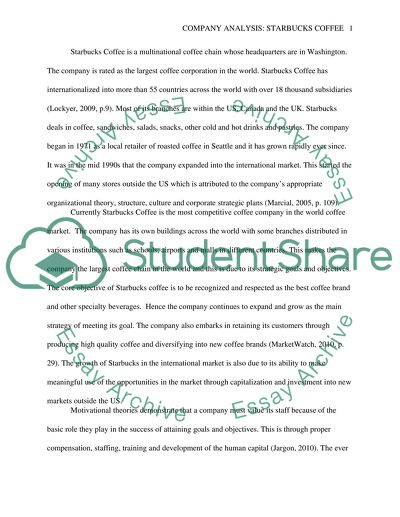Cite this document
(“Company Analysis: Starbacks Coffee Essay Example | Topics and Well Written Essays - 2000 words”, n.d.)
Retrieved from https://studentshare.org/marketing/1394106-starbucks
Retrieved from https://studentshare.org/marketing/1394106-starbucks
(Company Analysis: Starbacks Coffee Essay Example | Topics and Well Written Essays - 2000 Words)
https://studentshare.org/marketing/1394106-starbucks.
https://studentshare.org/marketing/1394106-starbucks.
“Company Analysis: Starbacks Coffee Essay Example | Topics and Well Written Essays - 2000 Words”, n.d. https://studentshare.org/marketing/1394106-starbucks.


